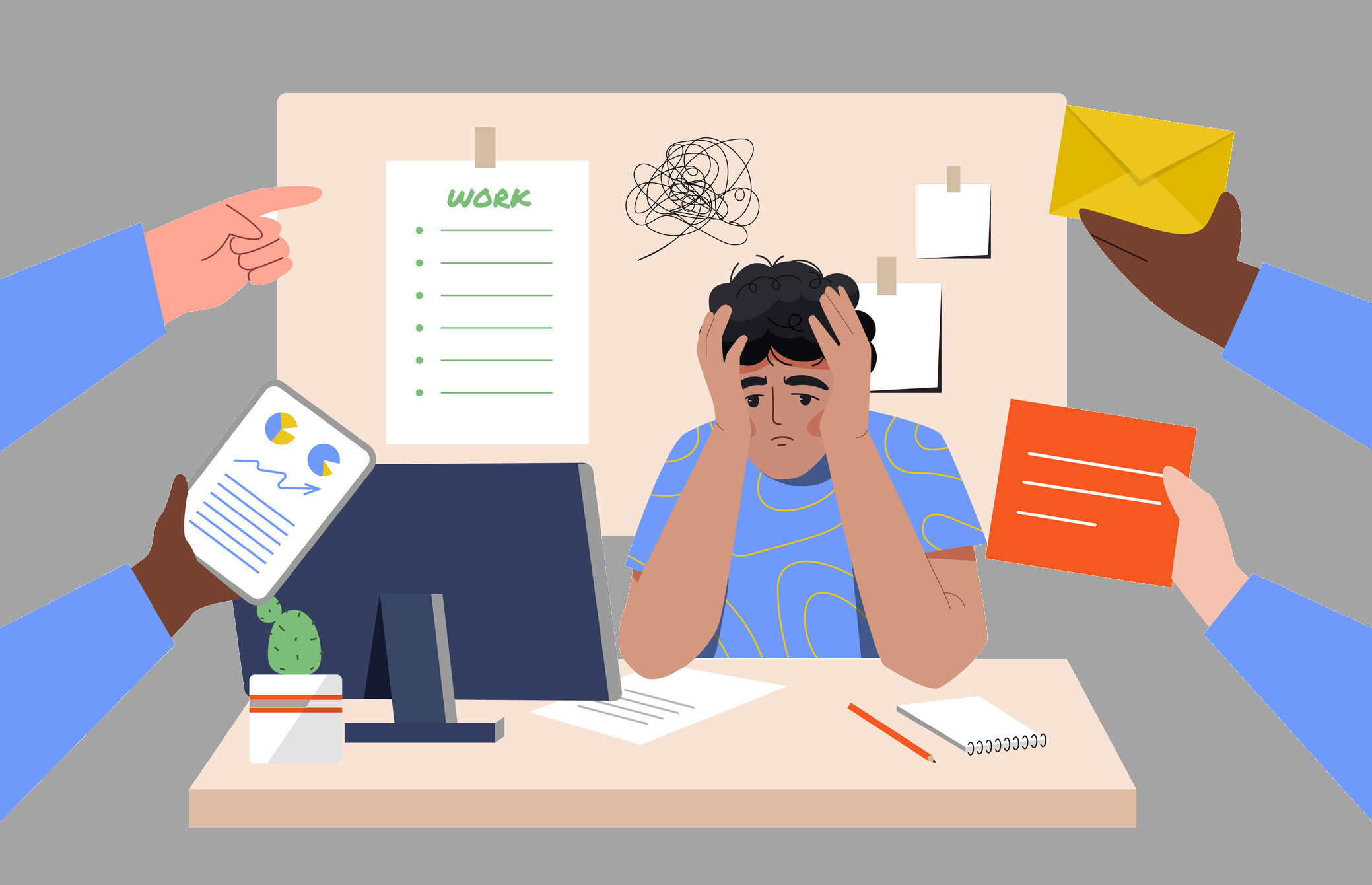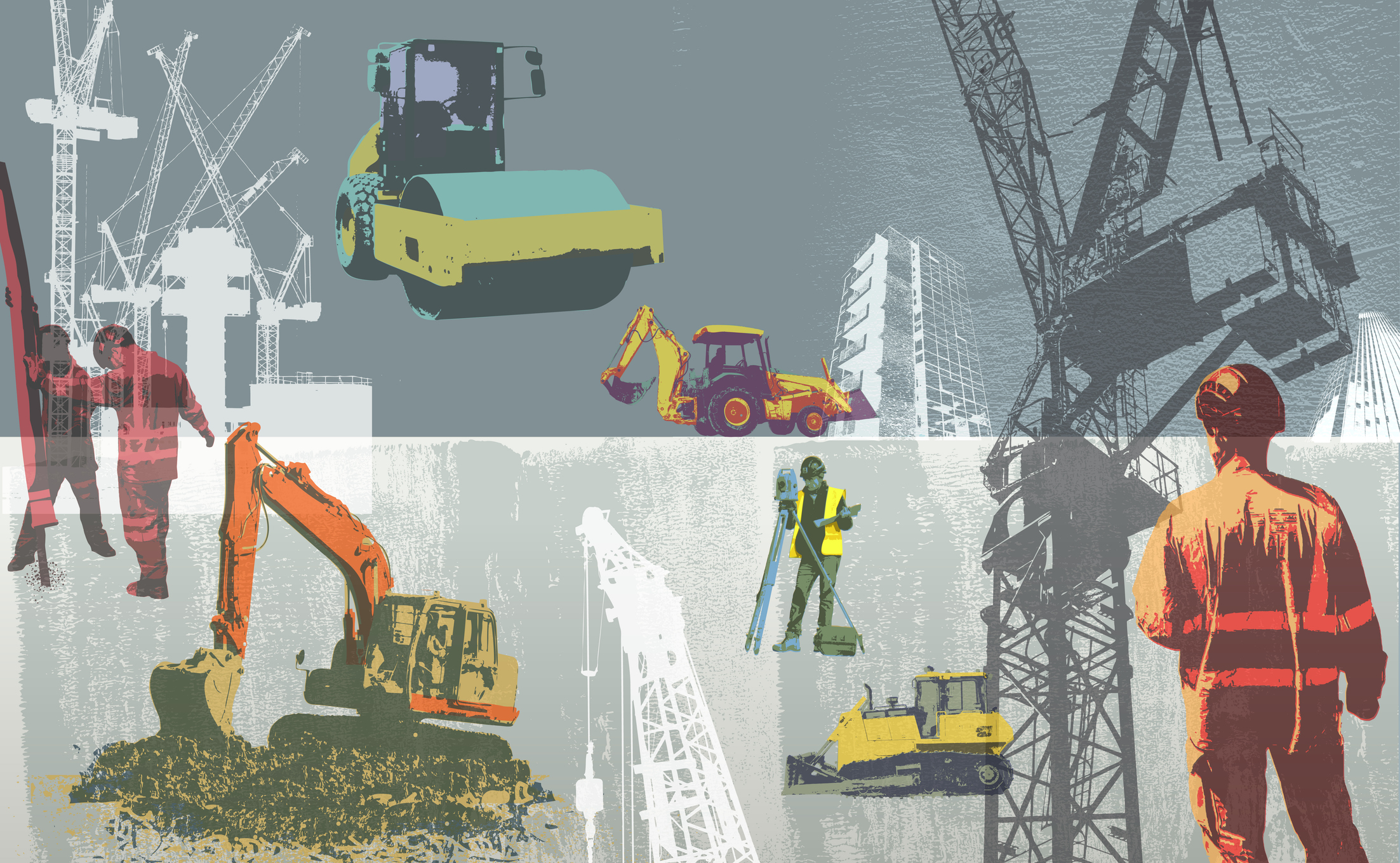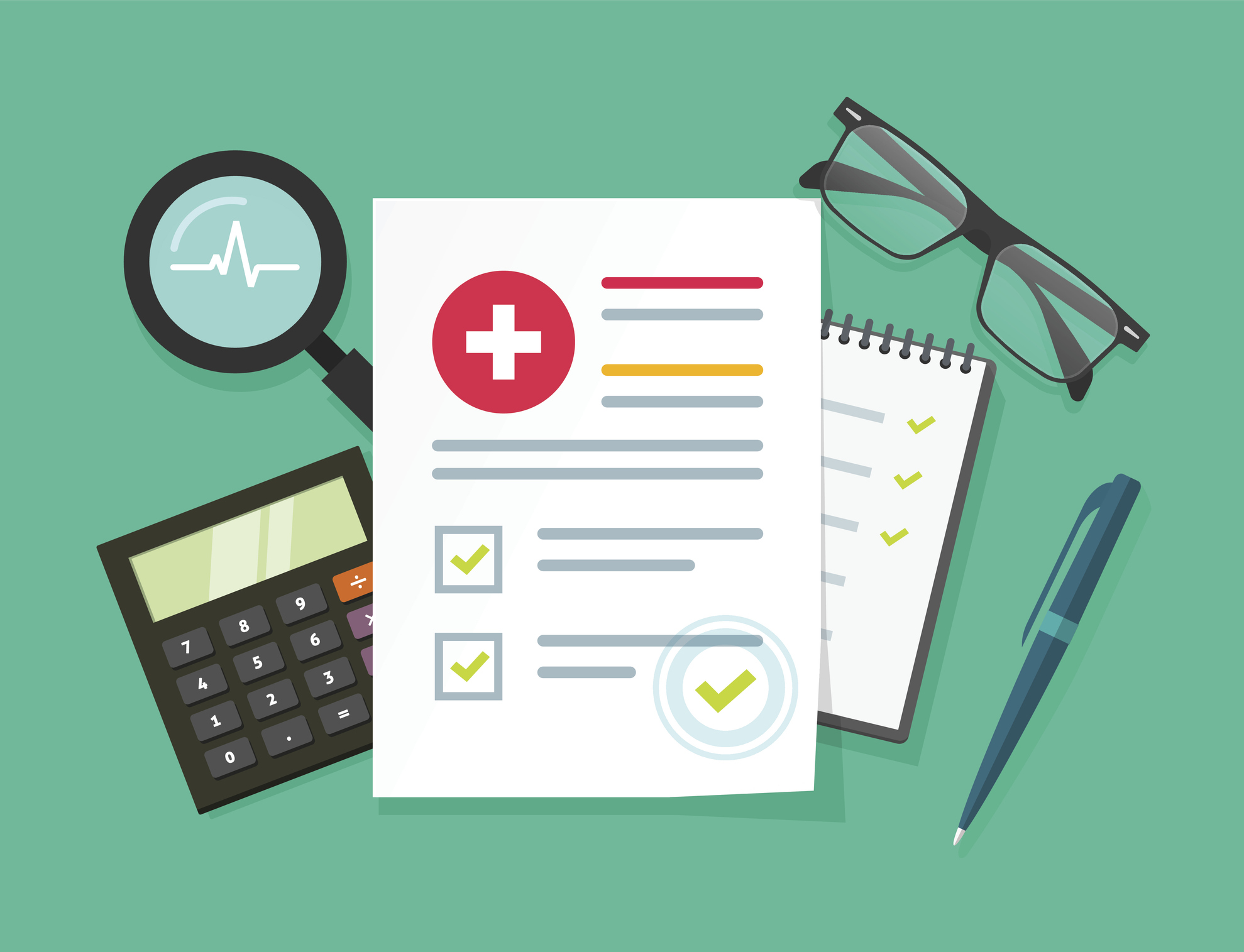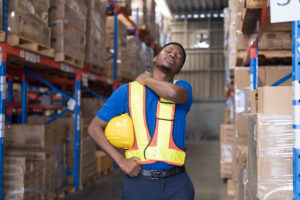Alone, Not Unprotected: Safety Strategies for Lone Workers
For many industries, lone workers have become an essential part of operations — whether they are home healthcare providers, delivery drivers, retail employees, or field technicians — yet these roles often include some of the most overlooked risks. The challenges of protecting these employees may require targeted risk prevention strategies.
July 23, 2025

According to industry estimates, more than 25 million people in North America work alone regularly, a number that continues to grow. As this segment of the workforce expands, so is the need for stronger, more intentional safety measures to protect lone workers.
“Understanding and managing these employee risks is critical, not only for employee safety but also for reducing liability exposures,” said Sara Gibson, Senior Risk Control Manager at Safety National. “If risk managers can create inclusive risk programs for every type of worker, they stand to better protect these employees.”
Here, we explore which roles are most at risk and the practical steps risk managers can take to help protect these employees.
Who Is at Risk
A lone worker is any employee who performs duties in isolation, without direct oversight or immediate access to coworkers. While many of these jobs are not inherently dangerous, the lack of real-time support increases the severity of everyday risks, from slips and falls to more extreme injuries.
Some of the employees most at risk include:
- Home health aides: Frequently entering unfamiliar residences alone.
- Fleet drivers and delivery personnel: Work remotely and often face unpredictable road or customer-related hazards.
- Manufacturing workers: Especially those on isolated or overnight shifts, who may lack immediate assistance.
- Retail and convenience store employees: Particularly vulnerable when working alone during early morning or late-night hours.
Risk Prevention Strategies
To better protect lone workers, organizations should consider implementing targeted strategies that combine planning, training, and technology.
- Conduct Thorough Risk Assessments
Risk assessments are the foundation of any strong safety program. For lone workers, this means evaluating not just the environment but also the task itself. Employees should be trained to consider:
- The nature and location of the task.
- Whether the task requires more than one person.
- What hazards are present, and what support systems are needed.
This proactive evaluation helps determine whether a job can be done safely alone and what additional precautions are required if it must be.
- Support Mental Well-Being Through Employee Assistance Programs (EAPs)
In addition to physical safety, mental and emotional well-being should be considered. For lone workers, social isolation can increase stress, anxiety, and burnout. Risk managers may incorporate EAPs into their safety programs to help lone workers feel more supported and less disconnected from their organizations.
- Leverage Technology to Enhance Safety
As the number of lone workers increases, so has the evolution of technology to keep pace with the growing demand for protecting these employees more effectively. A mix of these technological tools may reduce response times and improve safety oversight for risk managers.
- Wearable safety devices: Include fall detectors, heart rate monitors, and automatic alerts in case of sudden health events.
- Mobile safety apps: Provide panic buttons, scheduled check-ins, and auto-alerts for emergency contacts.
- GPS tracking systems: Enable real-time location monitoring, which is especially important for drivers or field workers.
- Emergency alert button: Useful in environments where cell phones are not permitted, these operate like mobile apps but offer a discreet, wearable alternative.
The Role of Risk Managers
Risk managers play a dynamic role in fostering a culture of safety and preparedness by:
- Developing site-and task-specific training.
- Establishing clear communication protocols.
- Conducting drills and simulations.
- Advising on appropriate safety technologies.
By taking a proactive approach, risk managers can help lone workers receive the level of protection that is equivalent to those working in teams or supervised environments.
With the right combination of risk assessment, training, technology, and leadership, organizations can help ensure that working alone does not mean being unprotected.

























